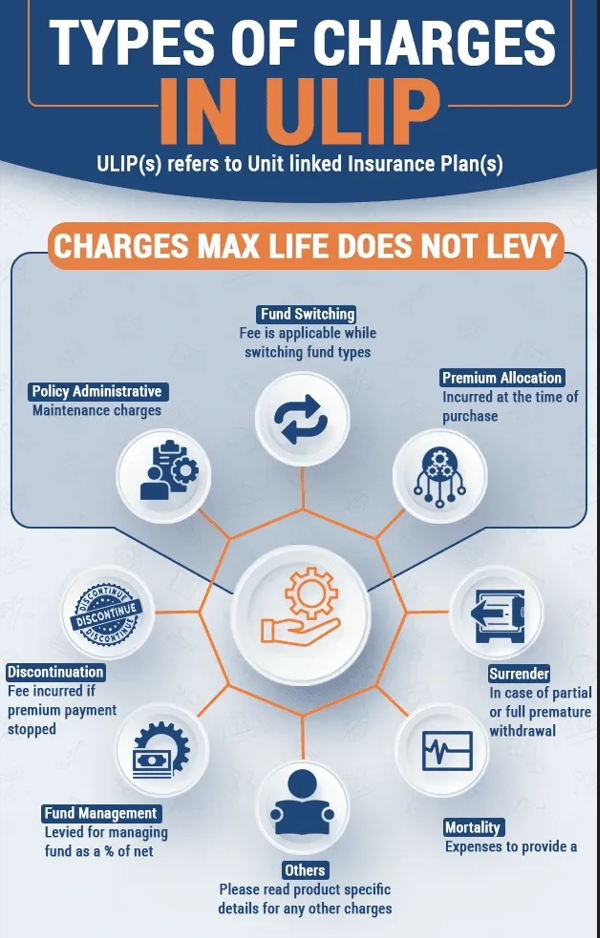A 'Crash' Course on
Building Collapses..!
By Mr. Anuj Puri, ANAROCK Property Consultants
Over the last few years, there have been
continuous incidents of collapsing old constructions in India.
As per data
shared by the National Crime Record Bureau (NCRB), more than 14,000 people have
died from 2010 to 2015 due to dilapidated building collapses. At an average,
2,700 people lose their lives in different structural breakdowns every year.
Across all the major cities in India, Mumbai has
been witnessing the maximum cases of structural collapses. Between 2010 to
2015, there have been approximately 13,470 incidents of structural collapse in
the country, and Mumbai alone accounted for 1,366 of these. This amounts to
over 10% of the total incidents. The collapse of buildings, specifically old
constructions, has been continuously increasing in recent years.
The life span of any building depends on many
factors, including quality of building materials, external weather conditions,
structural design and age of the structure.
However, we have seen in the recent
past that many collapses happened due to negligence of residents living in
these old constructions.
Most of the times, these old buildings are left
dilapidated and never refurbished, even where residents had noticed severe
cracks beginning to appear in the building. Because no actions taken despite
warnings, the buildings eventually collapsed.
The age of construction
is one the most crucial factors related to a building stability. Over time,
construction materials deteriorate; old buildings are always at greater risk
because of deteriorated building materials like mud mortar and galvanised pipe
plumbing systems.
Buildings approaching a
construction age of 15 years or more should be regularly inspected, repaired
and, if needed, redeveloped. Since checking all aspects of construction may not
be possible for individual residents, the services of an independent auditor
must be employed. This can provide a primary line of defence against building
collapses.
Some initiatives are already being promoted by the Planning
Commission in India to ensure continuous quality certifications and audits via
entities such as Durocrete Construction Quality Rating Agency and the
Construction Industry Development Council (CIDC).
Below is a key
inspection checklist of aspects, along with suggested intensity and frequency
(based on age of the construction), which residents should regularly inspect or
have inspected – and, if required, ensure repair, redevelopment or vacating the
building based on severity of dilapidation.
Factors
|
To Check
|
15-25 Year old construction
|
25-35 Year old construction
|
35-50 Year old construction
|
Structure
|
· If
the sides of the building straight or bowed or sagging
· If
the ridges and fascia are straight and in level
· If
there is any significant cracks in slab or foundation
· If
all windows and doorframes appear properly aligned
· If
the stairs and railing are strong enough to bear the loads
|
Medium
|
High
|
High
|
Walls
|
· Any
form of spalling or cracks inside or outside the walls
· Untoward
movement of any wall
· If
paint is fading, thinning or stained in places. Also, check the asbestos and
lead levels in more than 35-year-old constructions
· Check
whether walls are termite infested, especially in constructions built with
mud mortar
· Check
the brick joints stability if the building is built with mud or sandy mortar
|
Medium
|
Medium
|
High
|
Grounds/Floors
|
· Uneven slope level or severe cracks
· Seepage or leakage of water
· Signs of dampness
· Evidence of standing water at any
corner
|
Medium
|
Medium
|
High
|
Roof
|
· If continuous and
long cracks or splits are evident
· Evidence of any damage in
mortar/cement cover
· Water leakage or decay
marks
· Erosion around roof
penetrations
· Exposed iron bars, mortar or
bricks
|
Medium
|
High
|
High
|
Plumbing
|
· Signs of leaks, damage or stain
on pipes
· If the septic/sewage/drainage
system is maintained and functioning properly
· If old galvanized pipes are
corroded from inside
· Signs of leakage at different
joint points
· Loose or unstrapped pipes and
faucets
|
Medium
|
High
|
High
|
Electricals
|
· Signs of erosion or decay on wire
insulators
· If main circuit breakers trip
often
· If lights dim or flicker
frequently
· Burning smell during heavy load
times
· Overheating of cables, fuses or
connectors
· If knobs and switches operate
properly
· If wiring and switches are open
at any place
· If construction is more than 30
years old and aluminium cables are used in branch wiring, have them replaced
ASAP
|
Medium
|
High
|
High
|
Doors & Windows
|
· Signs of any decay or rot
· Termite infestation (mostly in old
constructions)
· Signs of damage, infirmity or
untoward movement in frames
· If frame corners and joints are
firm and together
|
Low
|
Medium
|
High
|
Mr. Anuj
Puri, Chairman - ANAROCK Property Consultants
Arun Chitnis
Media Relations
ANAROCK Property Consultants Pvt. Ltd.
m: +91 9657129999
e: Arun.Chitnis@anarock.com












































